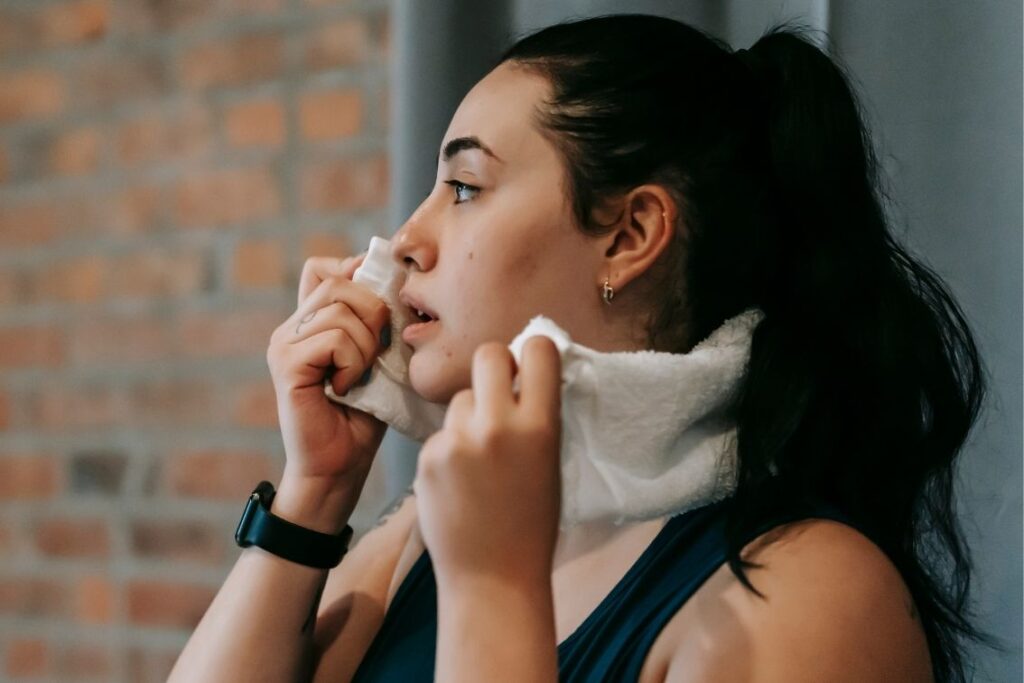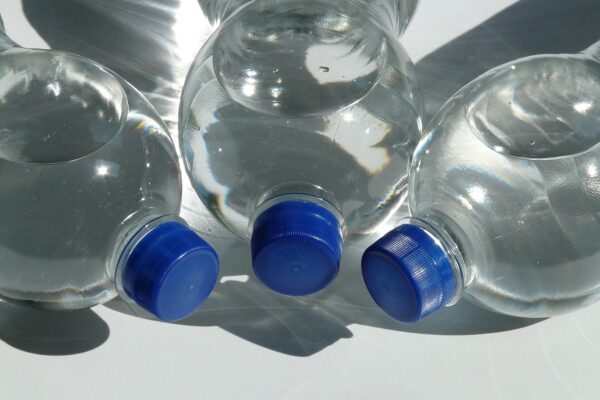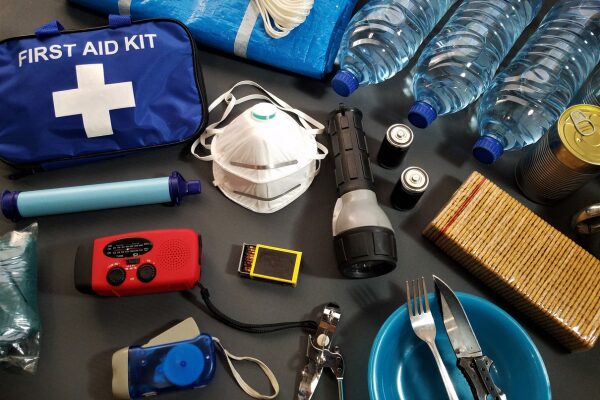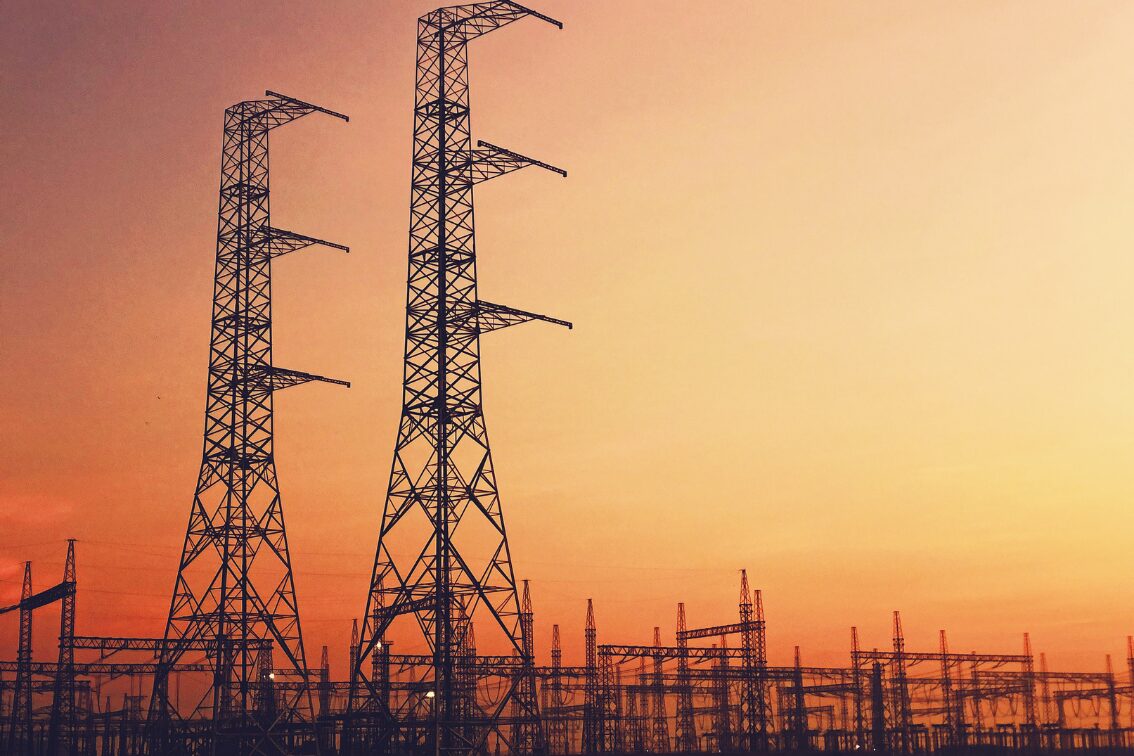*This post may contain affiliate links for which I earn commissions.*
Introduction
Picture this: it’s the middle of a scorching summer day, the kind where even your shadow seems to be sweating. Suddenly, without warning, the power goes out. No fans, no air conditioning—just you and the relentless heat. It’s a scenario that many of us dread, but it’s one that’s becoming increasingly common during heatwaves.
Staying cool during a heatwave is tough enough, but when a power outage hits, it can quickly become a serious health risk. Heat exhaustion, dehydration, and heat stroke are just a few of the dangers that can creep up when temperatures soar and there’s no relief in sight.
But don’t worry—we’ve got your back. In this article, we’re diving into some clever and practical hacks to help you stay cool and safe when the power decides to take an untimely nap. From DIY air conditioners to simple hydration tricks, these tips will help you beat the heat and keep your cool, even in the hottest and most powerless of situations.
So, let’s get started and make sure you’re prepared for whatever the summer throws at you.
Understanding the Risks
Before we dive into our arsenal of cooling hacks, it’s important to understand just why staying cool is such a big deal. When the temperature climbs, our bodies have to work overtime to keep us from overheating. Usually, air conditioning or fans help keep us comfortable, but when the power’s out, we’re left to fend for ourselves.

Why does this matter? Well, prolonged exposure to high temperatures can lead to some serious health issues. Heat exhaustion is one of the first things to watch out for. Symptoms include heavy sweating, weakness, dizziness, and nausea—basically, it feels like your body is giving you a big, sweaty warning sign that it’s time to cool down.
Then there’s heat stroke, the big, bad wolf of heat-related illnesses. This one’s no joke—it can cause confusion, fainting, and even life-threatening complications. And let’s not forget about dehydration, which sneaks up on you by causing dry mouth, headaches, and muscle cramps.
The bottom line? Staying cool isn’t just about comfort—it’s about safety. So, let’s make sure we’re equipped to handle the heat, even when the power’s out and the sun is relentless. Ready? Let’s dive into some immediate cooling hacks to keep you chill and safe.
Immediate Cooling Hacks
Alright, the power’s out, and you’re starting to feel like you’re in a slow cooker. What do you do first? Let’s talk about some immediate cooling hacks that can give you quick relief.

Hydration First
First things first: drink water. Lots of it. Hydration is your best friend when it comes to fighting the heat. Try to keep a stash of bottled water in your fridge or freezer. Even if the power’s out, this will stay cold for a while. Sipping on cool water throughout the day can help keep your body temperature down. And if you’re feeling fancy, munch on some hydrating foods like watermelon, cucumber, or strawberries. They’re not only refreshing but also packed with water.
Create a DIY Air Conditioner
Next up, let’s MacGyver ourselves an air conditioner. Grab a cooler, fill it with ice, and place it in front of a battery-operated fan. This makeshift AC might not be as powerful as your usual unit, but it can create a nice, cool breeze to help lower the temperature in the room.
Cool Towels and Compresses
Another quick and easy hack is using cool towels or compresses. Soak a few washcloths in cold water, wring them out, and place them on your pulse points—your wrists, neck, and temples. These spots are where blood vessels are closest to the skin, so cooling them down can help lower your overall body temperature. Plus, it feels incredibly refreshing!
Take Cool Showers or Baths
If you’re really feeling the heat, hop into the shower. Use lukewarm to cool water—not ice-cold, as that can shock your system—and take a refreshing rinse. If showers aren’t an option, fill up your bathtub and soak for a bit. It’s a quick way to bring your core temperature down and feel instantly better.
These immediate hacks are all about giving you quick relief and keeping you comfortable. Now that we’ve covered the basics, let’s move on to some ways to maximize airflow and shade in your home.
Maximizing Airflow and Shade
Now that you’ve got some immediate relief, it’s time to think strategically. Maximizing airflow and creating shade can make a huge difference in keeping your space cool when the power’s out.
Cross Ventilation
First, let’s talk about airflow. Open windows on opposite sides of your home to create a cross breeze. This allows the cooler outside air to flow through and push the hot air out. If you have a battery-operated fan, position it near one of the windows to help boost the airflow. It’s a simple trick, but it can work wonders.8
Use Natural Shade
Next, find your home’s natural shade. Move to rooms that don’t get direct sunlight, usually those facing north or east. If you have a basement, even better—it’s naturally cooler since it’s below ground. Spending time in these cooler areas can give you a much-needed break from the heat.
Block Sunlight
Blocking sunlight is crucial. Use thick curtains, blinds, or even blankets to cover windows and keep the sun out. Reflective materials like aluminum foil can also be a game-changer. Tape some foil to your windows to reflect the heat away. It might not win you any home decor awards, but it will help keep the temperature down.
Stay Low
Heat rises, so staying on lower floors or closer to the ground can help you stay cooler. If you live in a multi-story home, try to spend most of your time on the ground floor or basement. If you’re in a single-story home, consider setting up a comfy spot on the floor with pillows and blankets.
By maximizing airflow and creating shade, you’re setting up a cooler environment that can help you ride out the heatwave more comfortably. Up next, let’s explore some handy household items that can help you stay cool in a pinch.
Utilizing Household Items
Sometimes the best solutions are right under your nose—or in your freezer. Let’s get creative with household items to stay cool during a power outage.

Ice Packs and Frozen Bottles
Got ice packs or frozen water bottles? Great! These can be lifesavers. Place them near you, under your arms, or even in your lap to help cool your core body temperature. If you have a cooler, keep these ice packs or frozen bottles in there to stay colder longer, and rotate them out as needed. You can also place them in front of your fan for an extra cool breeze.
DIY Cooling Mist
Who doesn’t love a refreshing mist on a hot day? Create your own cooling mist by filling a spray bottle with water and adding a few drops of essential oils like peppermint or eucalyptus. Store it in the fridge if you have any cold packs, and spritz yourself periodically. It’s a quick and easy way to feel instantly refreshed.
Reflective Surfaces
Reflective surfaces can be surprisingly effective at deflecting heat. Got some aluminum foil or emergency blankets (the shiny, reflective kind)? Use them to cover windows, particularly those that get direct sunlight. It might look a bit space-age, but it can significantly reduce the heat coming into your home.
Wet Sheets and Curtains
Another nifty trick is hanging wet sheets or curtains in front of open windows. As the breeze blows through, it will evaporate the water, creating a cooling effect. Think of it as a low-tech swamp cooler. Just make sure to have a bucket or towel underneath to catch any drips!
Fans and Water
If you’ve got a battery-operated fan, make the most of it. Fill a shallow pan with ice or cold water and place it in front of the fan. This can create a cooler breeze as the air passes over the ice or water. It’s like a mini, makeshift air conditioner that can provide a bit of relief.
These hacks utilize common household items to create cooling solutions in a pinch. Simple yet effective, they can help you stay comfortable when traditional methods aren’t available. Now, let’s move on to some strategic planning tips to help you stay cool and safe during extended power outages.
Strategic Planning
Now that you’ve tackled immediate cooling and household hacks, it’s time to think ahead. Strategic planning can make a huge difference during an extended power outage. Here are some tips to help you stay ahead of the heat.

Plan Activities Wisely
When the heat is at its peak, usually between noon and 4 PM, it’s best to take it easy. Avoid strenuous activities during these hours. Instead, use this time to relax, read a book, or take a nap. Save any necessary chores or physical activities for early morning or late evening when it’s cooler.
Create a Cool Room
Designate one room in your home as the “cool room.” This should be a room that’s naturally cooler, like a basement or a room with few windows. Focus your cooling efforts here—close off other rooms to keep the cool air contained. If you have battery-operated fans or any DIY cooling gadgets, set them up in this space.
Prepare Emergency Kits
An emergency kit isn’t just for earthquakes or hurricanes. Have a dedicated heatwave emergency kit that includes battery-operated fans, cooling towels, extra water bottles, and electrolyte packets. These items can be lifesavers when the power goes out and the temperature rises.
Stay Hydrated with Electrolytes
While drinking water is crucial, it’s also important to replenish electrolytes lost through sweat. Keep some sports drinks or electrolyte tablets on hand. These can help maintain your body’s balance and keep you feeling better overall.
Have a Backup Power Source
If possible, invest in a backup power source like a portable generator or solar-powered charger. These can help keep essential items running, like fans or a small fridge. Even a battery pack for your phone can be a big help, keeping you connected and informed.
By planning strategically, you can minimize the impact of a power outage and stay cooler for longer. Next, let’s look at how to stay informed and connected during these times, which is just as crucial as staying cool.
Staying Informed and Connected
In the midst of a power outage during a heatwave, staying informed and connected can make all the difference. Here’s how you can keep up-to-date and maintain connections with the outside world.

Stay Updated
First things first: stay updated on the weather and power restoration efforts. Use a battery-powered or hand-crank radio to listen to local news and weather reports. If you have a portable power bank, use it sparingly to keep your phone charged for updates. Knowing when the power might be restored and if there are any extreme heat warnings can help you plan your next steps.
Community Support
Community is everything in times of need. Check on your neighbors, especially the elderly or those with young children. They might need extra help or may have resources to share. Exchange tips and support each other. Sometimes, just knowing you’re not alone in facing the heat can be a big morale booster.
Emergency Contacts
Have a list of emergency contacts handy. This should include family members, friends, and local emergency services. (We’re now so used to just tapping their name on our iPhone to call or message them and don’t actually know their phone number! Keep a list of their phone numbers in your wallet.) Also, identify the nearest cooling centers or public places with air conditioning, like libraries or community centers, where you can go if the heat becomes unbearable.
Social Media and Apps
If you have access to a charged device, use social media and apps for real-time updates and support. Community groups on platforms like Facebook or Nextdoor can provide local information and resources. There are also apps designed for emergency situations that can help you stay informed about weather conditions and power outages.
Keep a Landline
If possible, keep a landline phone as part of your emergency plan. Unlike cell phones, landlines can work during power outages, provided they are not cordless. This can be a reliable way to stay in touch with emergency services and family members.
By staying informed and connected, you’ll be better equipped to handle the challenges of a power outage during a heatwave. With these tips, you’re not only surviving but also looking out for those around you. Let’s wrap this up with a few final thoughts and a call to action.
Conclusion
Power outages during heatwaves can be more than just an inconvenience—they can pose serious health risks. But with a little preparation and some creative hacks, you can stay cool and safe even when the power is out.
We’ve covered everything from immediate cooling tricks to strategic planning and staying connected. Remember, the key is to stay hydrated, maximize airflow, and use household items to your advantage. By designating a cool room, planning your activities wisely, and having an emergency kit ready, you can significantly reduce the impact of the heat.
Stay informed with local updates and keep in touch with your community. Your support network can provide valuable resources and moral support during these challenging times. And most importantly, don’t forget to check on your neighbors and loved ones—they might need a helping hand too.
Spread the Word
Now that you’re equipped with these emergency cooling hacks, why not share them with others? Spread the word and help your friends and family stay cool and safe during heatwaves. For more tips, guides, and product recommendations, explore the rest of our site at heatwavehacks.com.
Stay cool, stay safe, and remember: preparation is your best defense against the heat. Together, we can beat the heat, no matter what summer throws our way!


